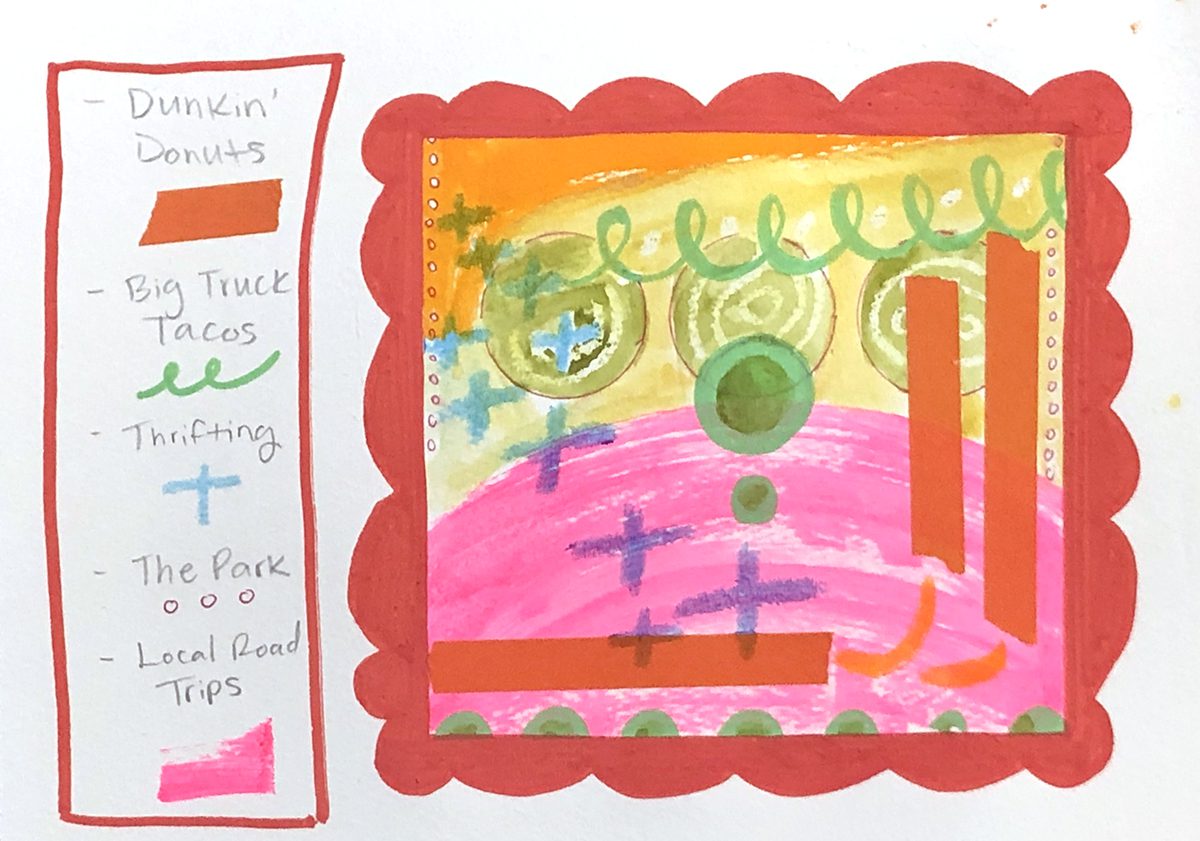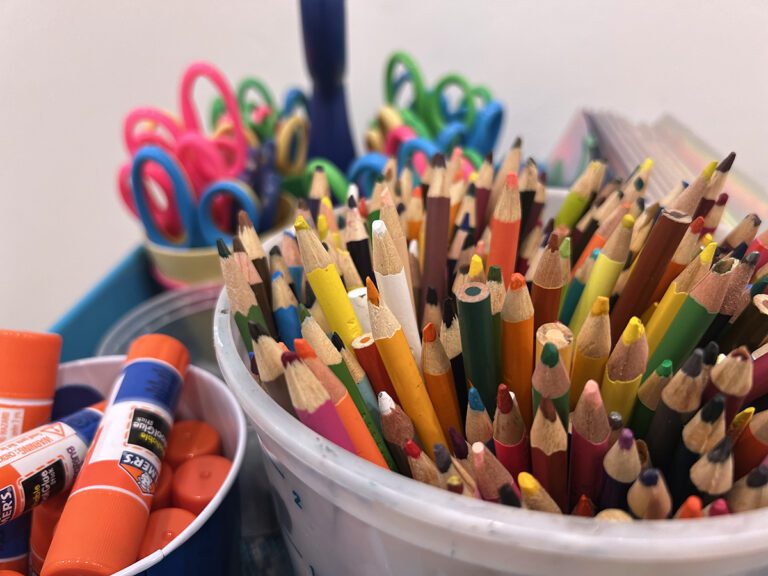It’s almost that time: no more alarms, no more lesson planning, and hasta la vista to the daily commute! Yes, summertime is so close. Many of us plan to head out of the city, state, or even the country this summer. Creativity can still flow during travel, so consider keeping a creative travel journal. A notebook, journal, or sketchbook can slide into the smallest backpack or suitcase. Think less Amelia’s Notebook (any 90’s readers out there?) and more Wreck This Journal meets daily sketchbook. And if you’re staying at home this summer, there are still ways to keep a creative travel journal.
Don’t think of a travel log as one more thing to make room for and pack. Instead, think of it as an opportunity to challenge your creative self in a different environment.
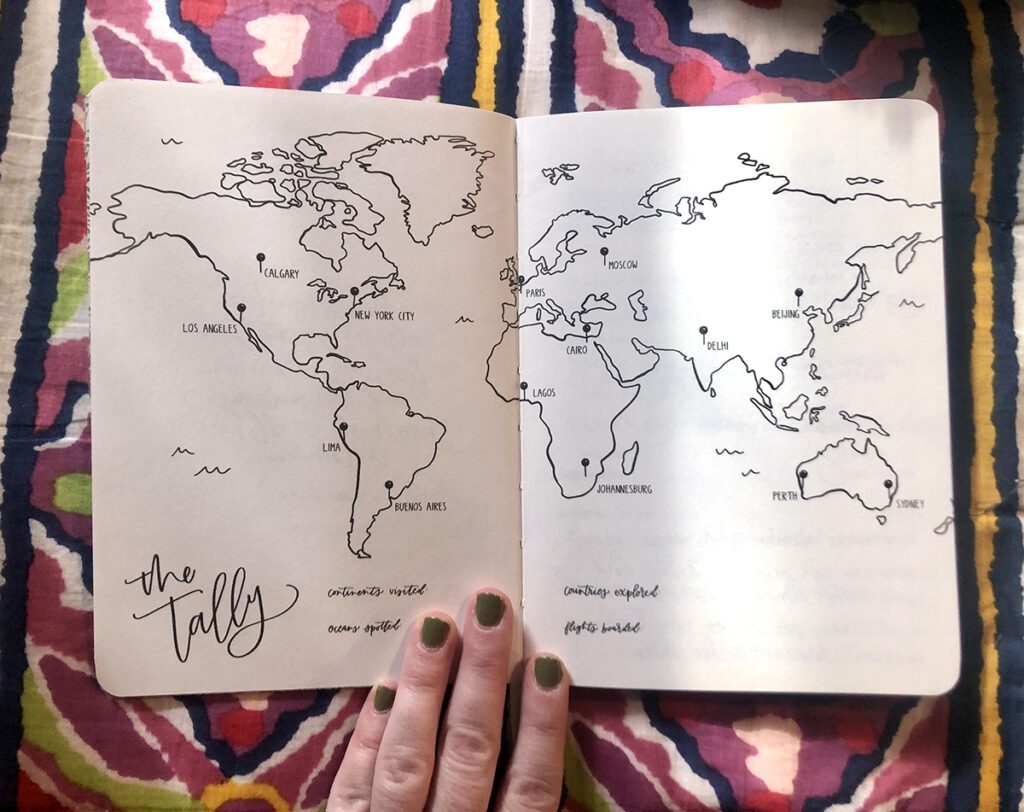
When choosing your travel log book, there are many options. The most economical way is to find something you already own. This can be an unfinished sketchbook, an upcycled calendar, or even an old book. Alternatively, you can purchase a new journal or sketchbook. For artists who like structure and guidelines, purchase a specific travel logbook like this one. It includes dates voyaged, continents visited, ratings, weather notes, places traveled, something learned, something unforgettable, and blank pages for extra doodles or notes.
In addition to experimenting with found materials and objects, think about what creatively inspires you. Jot down a few potential art activities your students can try once they return to the classroom. Perhaps the French-inspired wrought iron in New Orleans, Louisiana, sparks your creativity. Note to have your fourth-graders use pipe cleaners to build a functional fence and gate. Don’t get carried away with lesson planning, though! Save the heavy lifting for when you head back to school in the fall.
Here are some items to collect and creatively add to your travel log.
Summer brings different travel opportunities. You can travel long distances to new landscapes or just venture into your neighborhood. Either way, make art with the objects you encounter!
1. Collect dirt samples, turn them into paint, and let the samples dictate your color palette.
For example, Oklahoma has twelve different ecoregions. The soil around this state varies in color dramatically. Consider what intriguing paint and color palettes this could create!
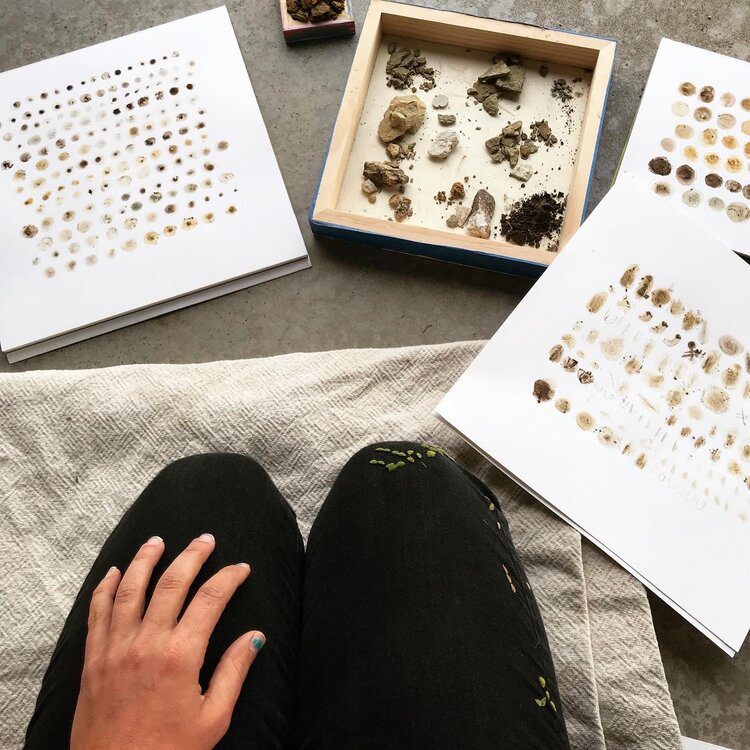
2. Use the environment to create a texture rubbing.
Look for interesting leaves, tree bark, sidewalks, walls, or even manhole covers. Lay a piece of paper over the textured subject, then use a crayon or pencil to rub over the surface to reveal and capture the texture.
3. Collect litter to create a collage.
Packaging can be a fascinating subject matter in a collage because of the colors, typography, phrases, and textures. Wear gloves while collecting or wash your hands diligently afterward. Use rubber cement to adhere most mediums inside your travel journal. Alternatively, photograph your finds for a more hygienic option.

4. Weave natural fibers into your page.
Is there a surplus of reeds, feathers, straw, or other long natural materials? Try weaving! A flat, two-dimensional weaving can be sewn or glued into your journal.
5. Add travel documentation.
Keep ticket stubs, receipts, pamphlets, and other paper records of places visited. If you aren’t too sentimental, create a mixed-media collage with these items. Most likely, each piece of paper will have a different color or texture, so cut similar or complementary shapes for a collage to remember!
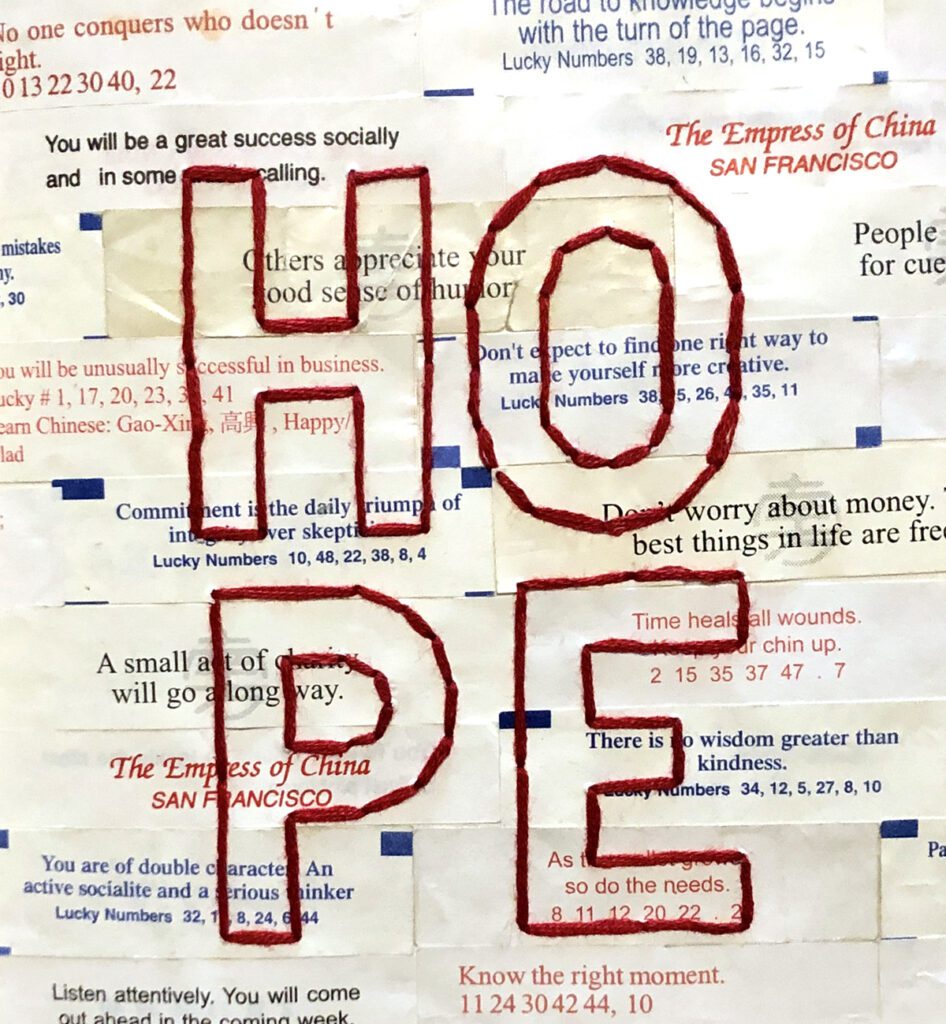
6. Press flowers.
Collect (with permission) florals and place them between wax paper. Press them by using the weight of a book. Near the end of summer, your beautiful dried flowers should be ready to assemble! You can speed up the process by using the microwave method.
If you aren’t traveling far, here are a few additional ideas to add to your local travel log.
1. Use the color scheme of a favorite spot to dictate an abstract work.
Jot down your favorite summer joints: a nook in your backyard, a park, the pool, a leisurely Target run, or the library. Get inspired by the colors at these locations to create an abstract work of art highlighting your favorite summer spots.
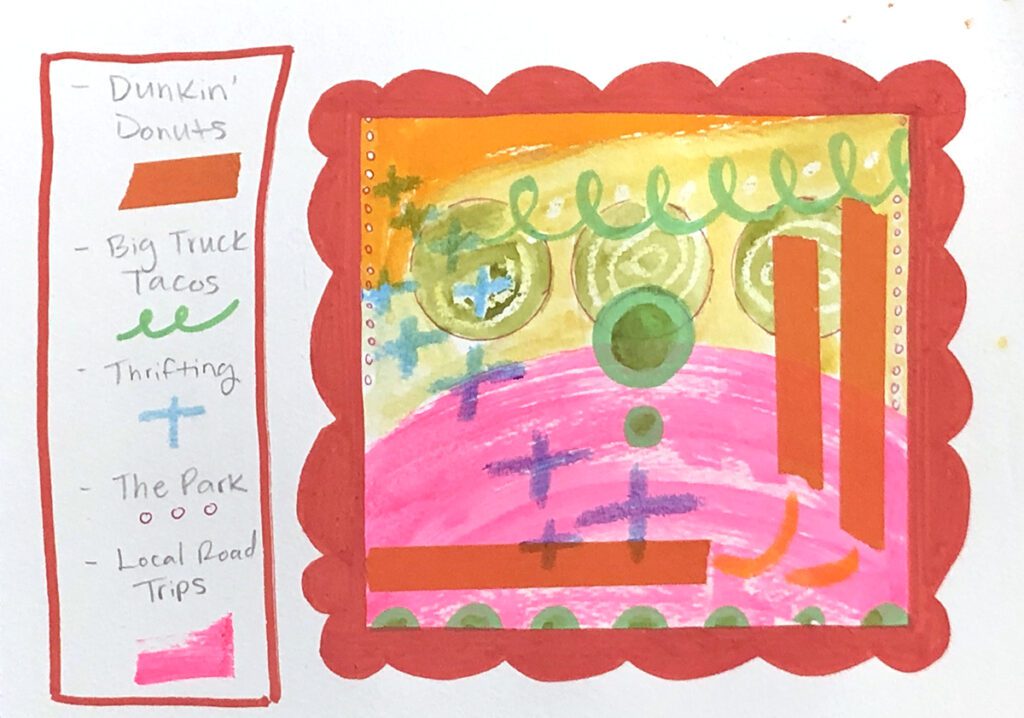
2. Track the foliage of a plant or tree this summer.
Draw, paint, or photograph the object in different phases. You can do this by month (May, June, July, and August) or by the time of day. Track the plant’s blooms, blossoms, shadows, and greenery.
3. Record a visit to a local garden.
Visit botanical gardens, nature reserves, zoos, or parks if they are available near your location! Leisurely walk through nature and observe. Then, sketch a subject that strikes your fancy. Drawing en plein air is exhilarating!
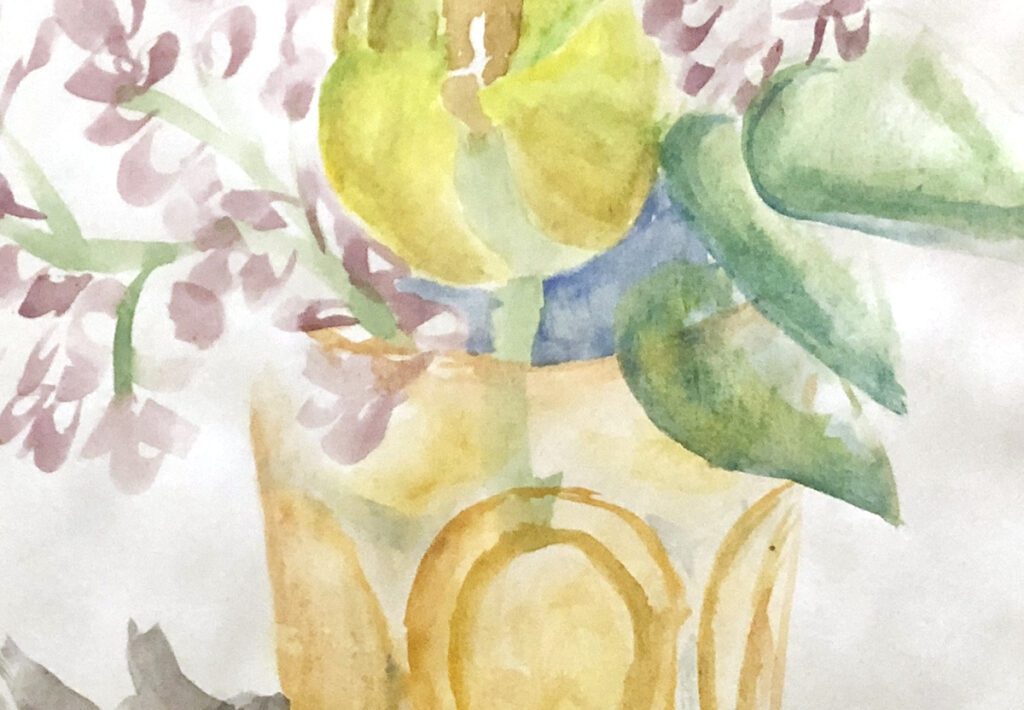
4. Log your daily household activities visually.
Keep a visual log of your daily activities around the house. Instead of writing a boring checklist, draw, sketch, or paint it! Logging your food as a mini-painting can also be fun during the slower and longer summer days.
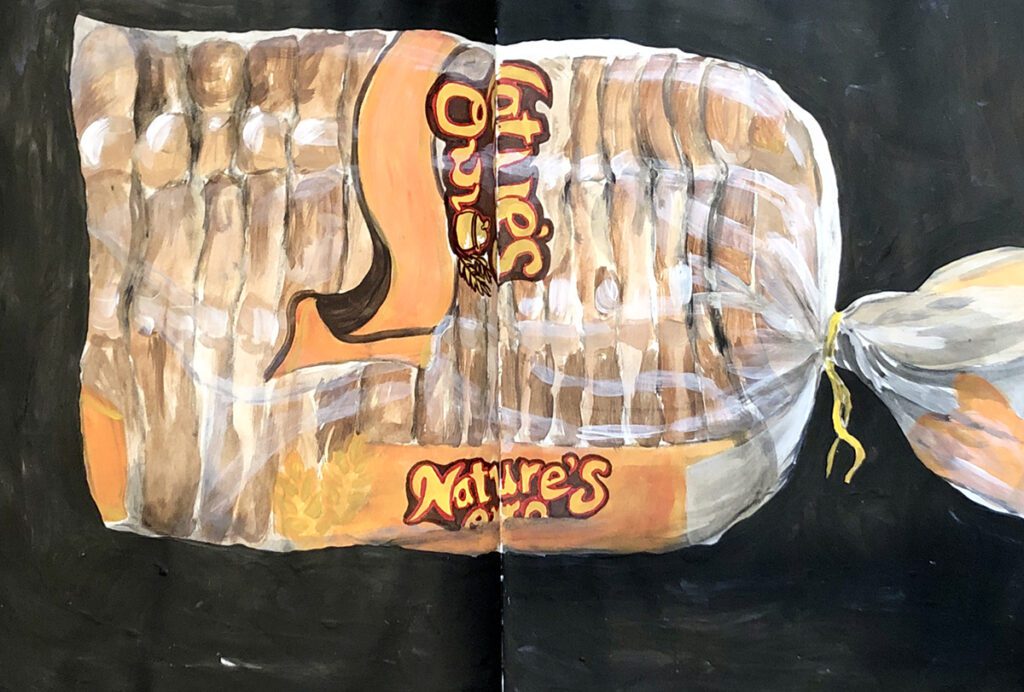
5. Collect produce stickers.
Have you ever looked closely at the sticker on an avocado or banana? They’re tiny works of art and graphic design! Dedicate a page to each sticker. Seeing the graphics change throughout the season or noticing the differences in sticker brands is so interesting!

Whether staying at home or traveling this summer, maintain your creativity! Paint with soil samples, collect produce stickers, and collage with trash! You do not need to purchase art supplies from an expensive store. Instead, think organically and frugally. Looking back on past sketchbooks and travel logs can trigger memories and remind you to revisit ideas and spark new inspiration! Start looking for travel and artmaking opportunities where you are right now!
How do you stay inspired when traveling?
How do you use your sketchbook over the summer?
Magazine articles and podcasts are opinions of professional education contributors and do not necessarily represent the position of the Art of Education University (AOEU) or its academic offerings. Contributors use terms in the way they are most often talked about in the scope of their educational experiences.
